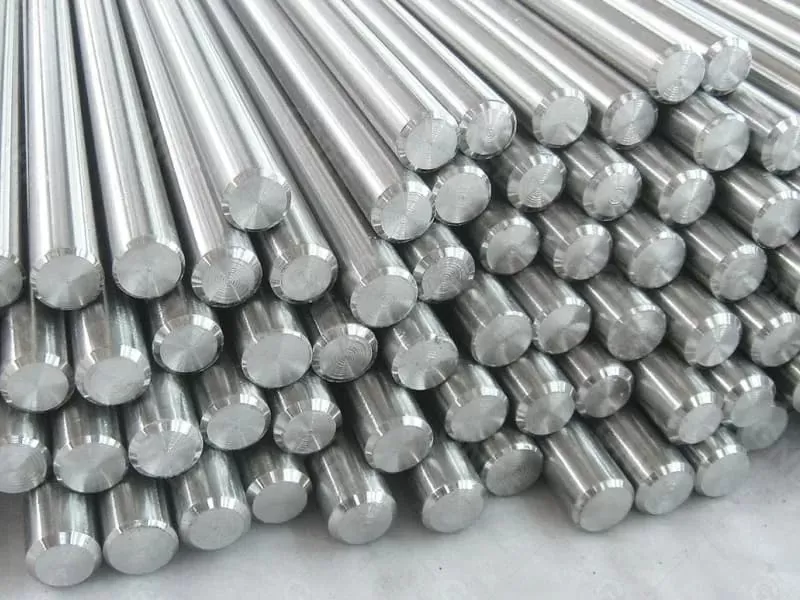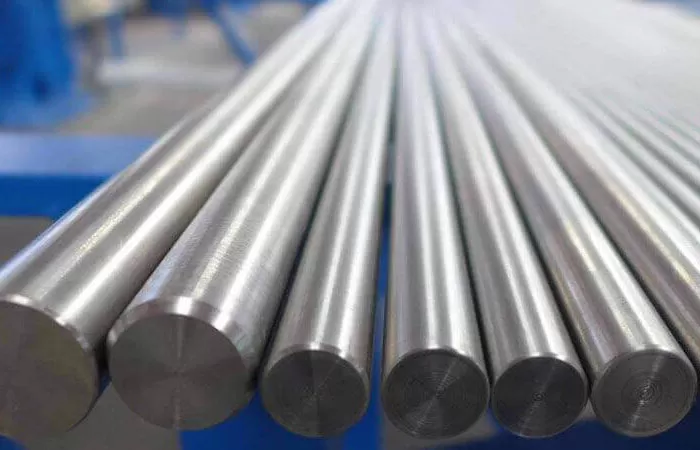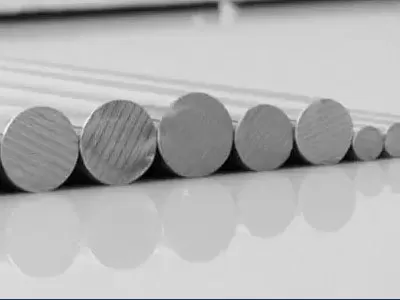
The nickel industry is at a critical juncture in 2025. According to the International Nickel Study Group (INSG), the world will see a nickel surplus of almost 200,000 tonnes for the third year in a row. This is not just a statistical blip, but a sign of deep-seated structural changes, from the expansion of Indonesian and Chinese output to shifting battery technologies. Yet the story is far from simple. Stainless steel makers, battery giants, miners, and policymakers are all being forced to rethink their strategies in a landscape that is both oversupplied and undergoing rapid technological transition.
Nickel is best known as a key ingredient in stainless steel, accounting for over two-thirds of global demand. The material's corrosion resistance and strength are essential for everything from skyscrapers to kitchen appliances. In the past decade, however, nickel’s image transformed—thanks to its critical role in electric vehicle (EV) batteries. High-nickel cathode chemistries such as NMC 811 became synonymous with high-range, high-performance EVs, fueling a bull run in nickel prices from 2020–2022.
So why are we now in surplus, and what does it mean? First, the expansion in Indonesia and China is unprecedented. Indonesia’s government, which banned nickel ore exports to spur domestic smelting, has been spectacularly successful: new nickel pig iron (NPI) and matte projects have come online at breakneck pace. Chinese companies, supported by state-backed investment and access to cheap capital, have also ramped up output, not just of stainless steel but also battery-grade intermediates.
Second, the EV market is shifting. Many automakers, especially in China, are now favoring lithium iron phosphate (LFP) batteries. LFP batteries contain no nickel and have improved enough in energy density and safety to win broad market acceptance, especially for mass-market EVs and energy storage systems. As a result, projected nickel demand growth from the battery sector has moderated, even as supply continues to climb.
The result has been sharp price declines. The NAS 304 surcharge (a benchmark for stainless steel raw material costs) has fallen to its lowest point since early 2021. Producers with high costs are under severe pressure. While some Western mining projects are being delayed or canceled, Indonesian and Chinese suppliers—often with lower costs and government backing—continue to expand.
For stainless steel mills, lower nickel prices are a double-edged sword. On one hand, raw material costs are down, improving margins in theory. On the other, persistent global oversupply means that finished product prices are also under pressure. Asian mills have flooded global markets, making it difficult for U.S. and European producers to raise prices. In Q1 2025, companies like Outokumpu and Acerinox reported higher shipments, but profit margins remain squeezed. Some U.S. buyers are stockpiling in anticipation of possible trade policy changes, but the overall picture remains one of cautious optimism mixed with concern about ongoing price volatility.
As the nickel market evolves, several strategic questions arise:
Can supply discipline return? Without production cuts, the surplus may persist, risking further price erosion and even mine closures outside China and Indonesia.
Will battery chemistries shift again? If LFP’s rise slows or new battery technologies emerge, nickel could see renewed demand. The trend toward solid-state and sodium-ion batteries further complicates forecasts.
What about sustainability? The environmental cost of high-volume nickel mining in Indonesia—deforestation, waste disposal, carbon emissions—has drawn international criticism. European and American companies face regulatory and reputational pressure to source responsibly, potentially creating a two-tier market for “clean” and “conventional” nickel.
The companies that will thrive in the current environment are those that remain nimble and forward-thinking. For miners and refiners, this may mean diversifying products or seeking premium markets for sustainable or specialty nickel. For stainless steel and battery producers, long-term contracts and innovative supply chain partnerships will be key. Governments, too, must weigh the economic benefits of nickel expansion against environmental and social costs.
In summary, the current surplus is both a challenge and an opportunity. It is forcing the entire nickel value chain to confront difficult questions about strategy, sustainability, and the future of core technologies. The companies and countries that answer these questions most creatively will define the next era of the nickel industry.

2025-11-19 14:09:22

2025-11-07 17:27:49

2025-11-05 15:44:44

25th floor, C3 Building, Wanda Plaza, Kaifu District, Changsha, Hunan Province, China